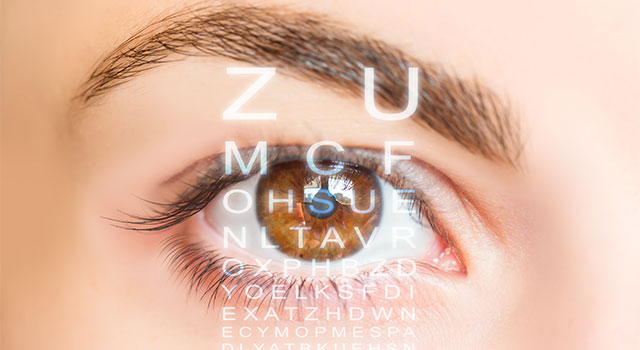The Function of Advanced Diagnostic Equipment in Identifying Eye Disorders
In the realm of ophthalmology, the usage of advanced diagnostic devices has revolutionized the very early identification and management of various eye problems. From detecting refined modifications in the optic nerve to keeping an eye on the progression of retinal conditions, these modern technologies play a pivotal duty in boosting the precision and efficiency of diagnosing eye conditions. As the demand for precise and timely medical diagnoses continues to expand, the assimilation of cutting-edge devices like optical comprehensibility tomography and visual field testing has actually come to be essential in the realm of eye treatment. The elaborate interplay in between technology and sensory techniques not only drops light on detailed pathologies however additionally opens up doors to tailored treatment techniques.
Importance of Very Early Diagnosis
Early diagnosis plays a pivotal duty in the efficient monitoring and therapy of eye disorders. Prompt recognition of eye conditions is critical as it enables punctual intervention, potentially stopping further progression of the condition and decreasing lasting problems. By detecting eye problems at a beginning, medical care service providers can use appropriate treatment plans customized to the specific condition, eventually bring about far better results for people. Very early medical diagnosis makes it possible for patients to access required support services and resources faster, boosting their total quality of life.

Innovation for Detecting Glaucoma
Cutting-edge analysis modern technologies play an important role in the very early detection and surveillance of glaucoma, a leading reason of irreversible loss of sight worldwide. One more advanced device is visual area testing, which maps the sensitivity of a patient's visual area, helping to detect any kind of areas of vision loss quality of glaucoma. These advanced analysis tools enable eye doctors to diagnose glaucoma in its very early phases, permitting for timely treatment and far better monitoring of the disease to prevent vision loss.
Role of Optical Coherence Tomography

OCT's ability to measure retinal nerve fiber layer thickness enables specific and objective dimensions, assisting in the very early discovery of glaucoma even before visual field issues end up being obvious. In addition, OCT modern technology allows longitudinal tracking of structural adjustments in time, facilitating individualized therapy plans and timely treatments to aid preserve individuals' vision. The non-invasive nature of OCT imaging additionally makes it a preferred choice for keeping an eye on glaucoma progression, as it can be repeated consistently without creating discomfort to the patient. Overall, OCT plays a vital function in enhancing the analysis precision and management of glaucoma, ultimately adding to much better end results for people at threat of vision loss.
Enhancing Medical Diagnosis With Visual Area Screening
An important component in thorough ophthalmic analyses, aesthetic field screening plays a critical duty in enhancing the analysis process for various eye problems. By analyzing the complete degree of an individual's visual field, this examination gives critical information about the functional integrity of the entire aesthetic path, from the retina to the visual cortex.
Aesthetic field testing is specifically useful in the diagnosis and management of problems such as glaucoma, optic nerve conditions, and numerous neurological illness that can affect vision. Via quantitative dimensions of peripheral and main vision, clinicians can detect refined adjustments that may indicate the visibility or development of these disorders, also prior to noticeable symptoms take place.
Moreover, visual area screening allows for the surveillance of treatment efficiency, assisting ophthalmologists customize therapeutic treatments to individual clients. eyecare near me. By tracking changes in aesthetic area efficiency gradually, doctor can make enlightened decisions concerning adjusting medications, suggesting surgical interventions, or applying various other ideal actions to maintain or boost an individual's visual function
Taking Care Of Macular Degeneration

Conclusion
In final thought, advanced analysis tools play a critical duty in identifying eye disorders early on. Technologies such as Optical Coherence Tomography and aesthetic field testing have substantially improved the precision and effectiveness of detecting problems like glaucoma and macular deterioration.